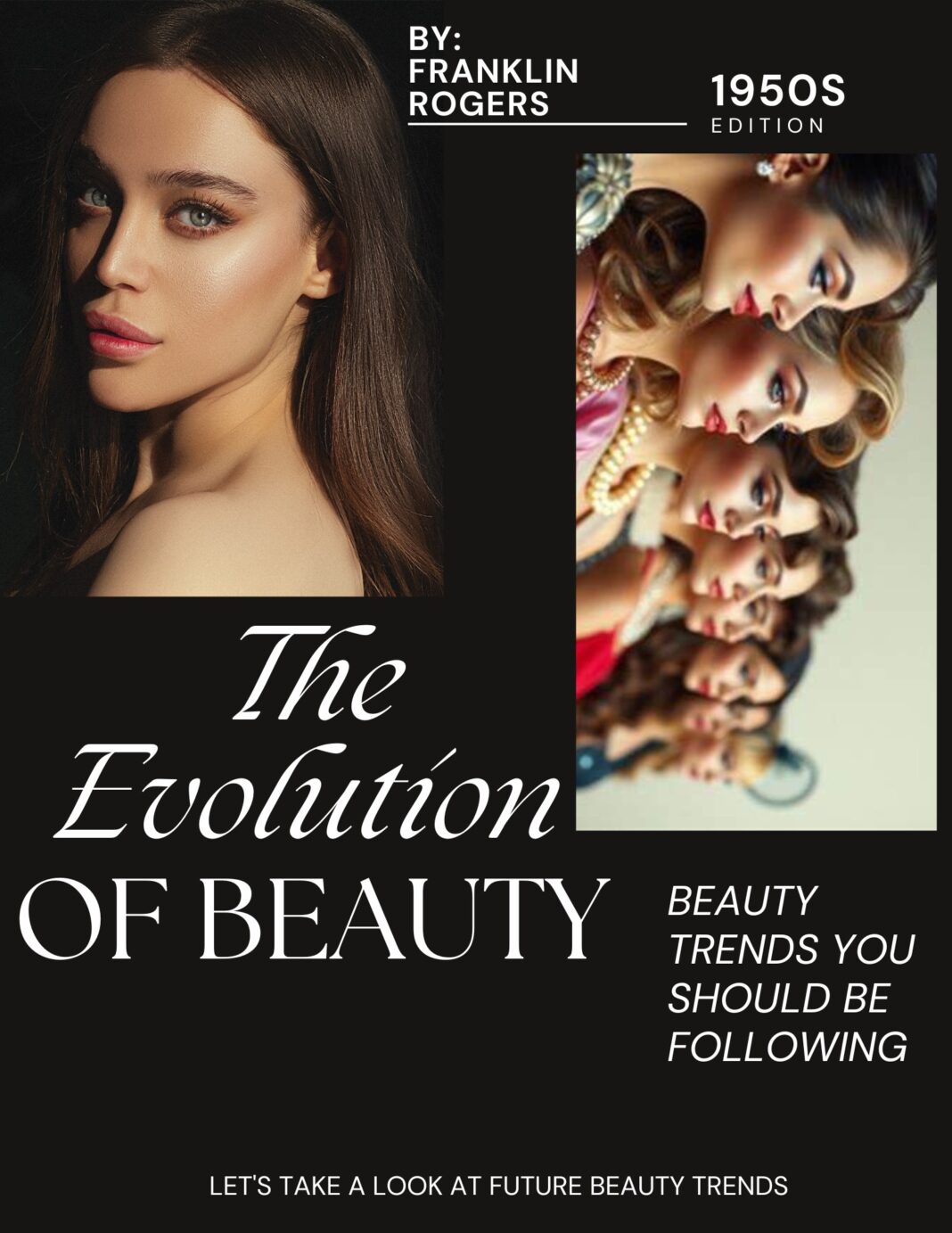Beauty standards have always been integrated into every part of society, shaping how people perceive themselves and others. Over the last one hundred years, even over the last decade, these standards have evolved significantly, influenced by cultural shifts, and more recently, social media. From the fuller figures of the Renaissance to the tall and thin ideals of the 90s, what is considered “beautiful” has changed dramatically. However, one constant remains: beauty standards are deeply rooted in societal values. Today, the rise of social media has played a pivotal role in accelerating the evolution of beauty ideals, creating both new opportunities and challenges for self-image.
In the past, art and fashion frequently set the criteria for beauty. Hollywood celebrities such as Audrey Hepburn and Marilyn Monroe set trends in the early 20th century as a result of the rise of cinema. The aspirational qualities of elegance and sophistication were captured by these figures, who were frequently distinguished by curvaceous or small shapes. A change toward a more youthful and waif-like body type was signaled in the 1960s and 1970s by the appearance of supermodels such as Twiggy, who had an angular, androgynous appearance. These shifting tastes are a reflection of larger cultural views and the ways that beauty standards frequently reflect societal ideals of wealth, power, and femininity.
Fueled by the media’s portrayal of models such as Kate Moss, the model “heroin chic” look—ultra-thin bodies and sharp features—became the pinnacle of beauty by the 1990s. During this time, the relationship between beauty and commerce also intensified, with success and riches being connected with specific looks. During this time, women who did not fit into the mold of beauty were often ignored by the media, which fueled growing worries about body image issues. Many people felt under pressure to live up to a single, unachievable standard, which had a significant influence. However, even at this time, there were indications of change as more varied portrayals of beauty started to make their way into the popular media, however little.
Fast forward to the 21st century, and the landscape of beauty has been radically altered by the rise of social media. Platforms such as Instagram, TikTok, and YouTube have democratized
beauty, allowing influencers and everyday people to share their unique takes on what it means to
be beautiful. Social media has also intensified the pressure to look a certain way. Young girls and
boys see users the same age as them with more followers or likes and it creates an underlying
pressure to look a certain way. The phenomenon of “Instagram face”—where filters and editing
apps create a polished, often unrealistic version of beauty—has introduced a new standard that
blends the line between reality and fantasy. I see all the time, women using filters on Snapchat
and Instagram to beautify their face while taking selfies or videos. These platforms have created
space for a broader range of body types, skin tones, and gender expressions, allowing people to
embrace their individuality. However, this comes with backlash in every post you make. While
the increased visibility of diverse beauty is encouraging, the rise of influencers and beauty trends
can also perpetuate harmful ideals, especially when it comes to body modification and cosmetic
surgery.
While social media offers a platform for diverse beauty ideals, it has also contributed to a paradox where both inclusivity and conformity exist simultaneously. On one hand, influencers of all sizes, skin tones, and backgrounds are championing body positivity, self-love, and authenticity. On the other hand, the culture of comparison on these platforms can foster insecurity, with users feeling pressured to meet ever-changing standards of beauty. Social media algorithms often prioritize posts with high engagement, promoting certain beauty trends and preferences while sidelining others. This creates a feedback loop where specific types of beauty, such as the “curvy but slim” body type or the “perfect” skin, continue to dominate popular culture.
Beauty standards have undergone significant transformation over the centuries, reflecting shifts in societal values and cultural norms. From the curvy figures of the Renaissance to the thin, waif-like models of the 90s, the changing ideal of beauty speaks to how society’s perceptions of attractiveness are ever-evolving. Social media has undoubtedly played a central role in accelerating these shifts, providing both a platform for diversity and a source of pressure to conform to certain ideals. While social media has opened up conversations around body positivity and inclusivity, it has also created new challenges, with users constantly exposed to the curated, often edited images of others. As beauty standards continue to evolve, it is important to remember that true beauty lies in embracing authenticity, complexity, and individuality rather than conforming to fleeting trends.
